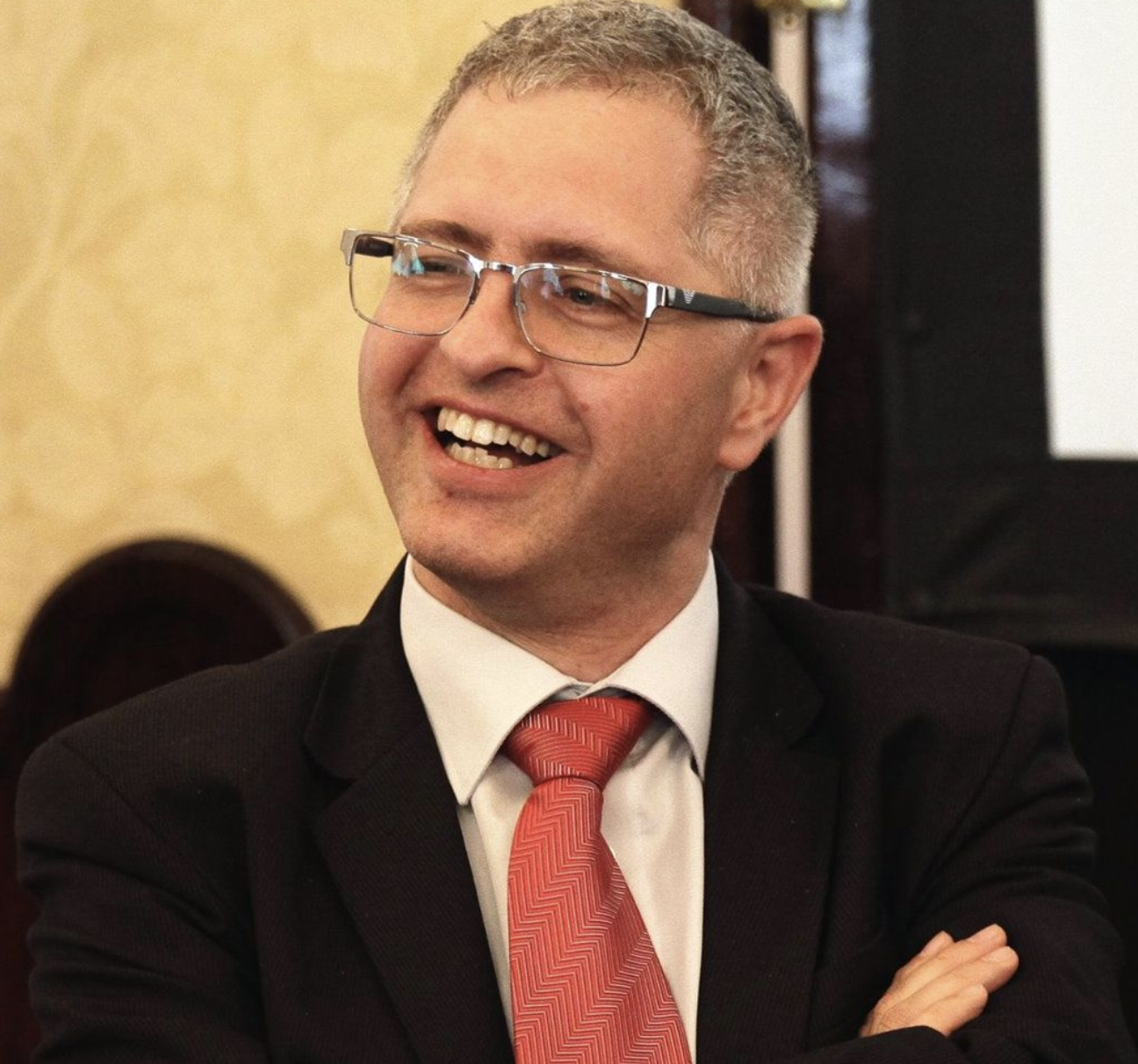- Home
- Resource Center
- Articles & Videos
- TMSes Are Well, Thank You Very Much!
17 February 2025
TMSes Are Well, Thank You Very Much!

An oft-repeated tagline of this era is „Sunsetting TMSeS”. In a recent LinkedIn post, someone explained that this is necessary because translation management systems are built around translation memories, and translation memories are relics from an ancient past, partly because they enforce segmentation and strip language from context. This might even be true, only… …this is a misconception that Sunset TMSes is built on.
Translation management systems are not there to implement and enshrine outdated translation memories in an organization. They came into existence decades after translation memories were first released in early translation tools. They do not depend on content being chopped up into sentence-sized bites. TMSes are there to respond to complex automation and quality requirements that exist in medium-sized and large organizations that create large amounts of multilingual content.
Do you need a system that extracts content from outlandish sources and structures – and puts it back in the same way but in many other languages? You use a TMS.
Do you need a system that creates a bundle of various resources and translation automation methods and offers a unified – and often automatically post-edited – output? You use a TMS.
Sunsetting TMSes is also built on a false assumption that a one-size-fits-all AI translation approach exists for all fields and language combinations, or that an AI could decide which approach to use – if this were true, AI-based quality estimation (AIQE) tools were more popular or easier to use.
Do you need a complex human-and-machine approval process that spans multiple teams and departments in your organization? You use a TMS.
Do you need a system to curate human-generated or human-approved data so that you can continue to train your AI? You use a TMS.
If, as they say, it’s all in the name, I am happy to sunset the name and call it something else. But you can’t convince me that it’s innovative or more efficient to blow a TMS into smithereens (and painfully re-engineer a unified system from the smithereens) rather than to continue to use existing, well-engineered, single-point-of access services.
Sign up for our newsletter on globalization and localization matters.

Balázs Kis
Balázs Kis is one of the co-CEOs of memoQ. He is also one of the founders of the company. Balázs has decades of experince in IT, translation, and natural language processing. He has a degree in IT engineering and a PhD in applied linguistics. At the start of his career, he was a Microsoft systems engineer and trainer and one of the prominent Hungarian IT authors with over 20 titles published. He was also the head of research and development at MorphoLogic, a Hungarian company specializing in language technology research. He taught translation technology at the ELTE University of Budapest. He has massive experience in collaborative translation and project management. In the early years of memoQ, he was instrumental in product design - he is the author of the first design document of memoQ - and running the company. Later on, he became responsible for technical communication. Since memoQ became a shareholding company in 2016, he has been chairman of the board. From 2018, he was responsible for compliance matters at the company, until, in 2020, he was appointed one of the co-CEOs of the company. Balázs is passionate about educating both the professionals and the general public on translation, localization, and the technologies related to them.


